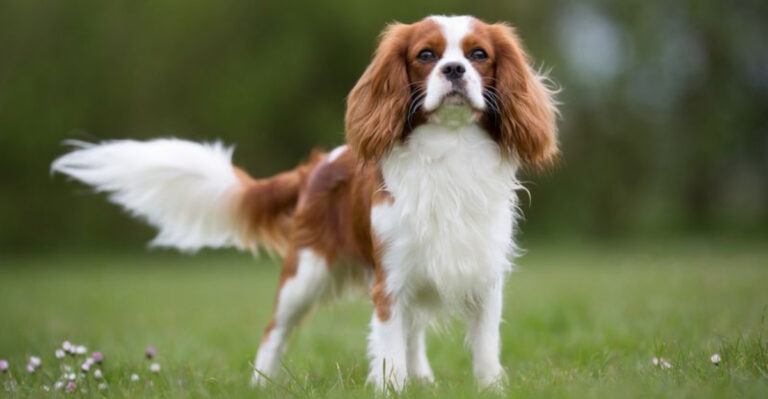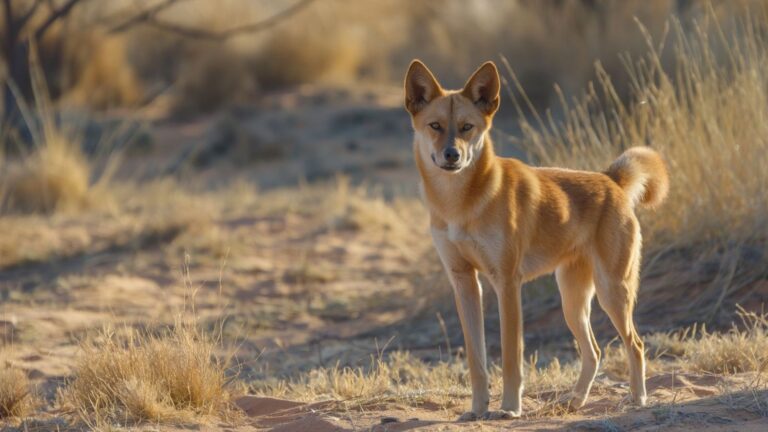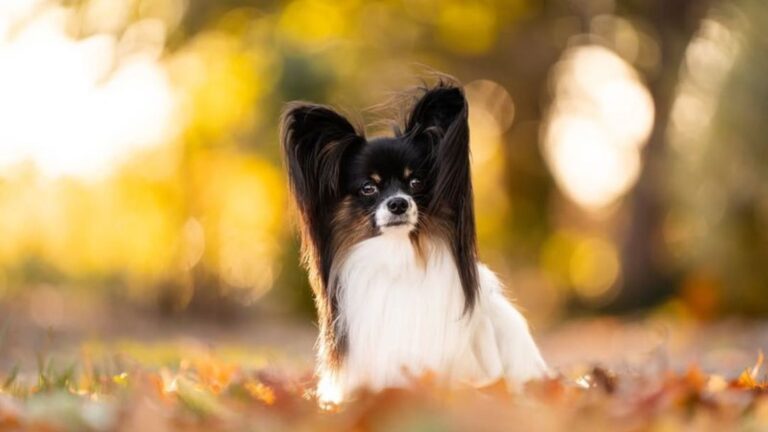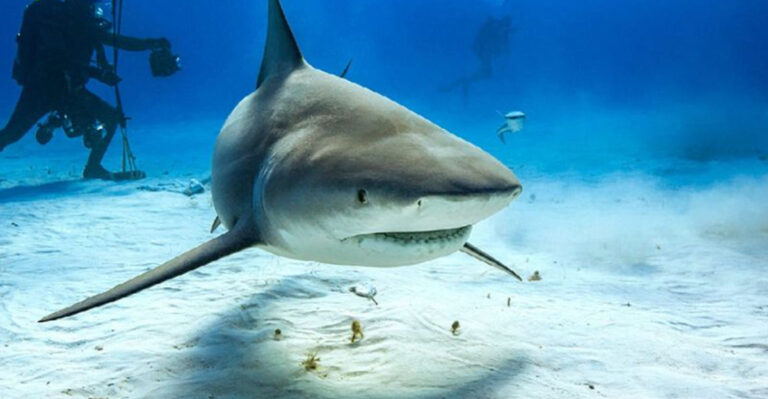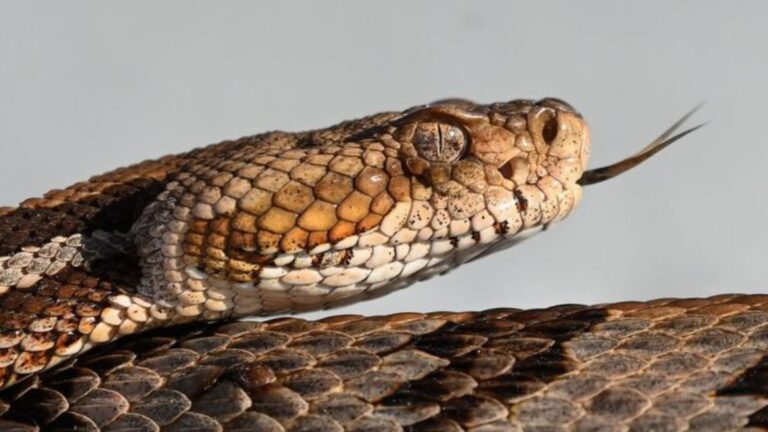15 Strange Animal Behaviors That Used To Be Misunderstood
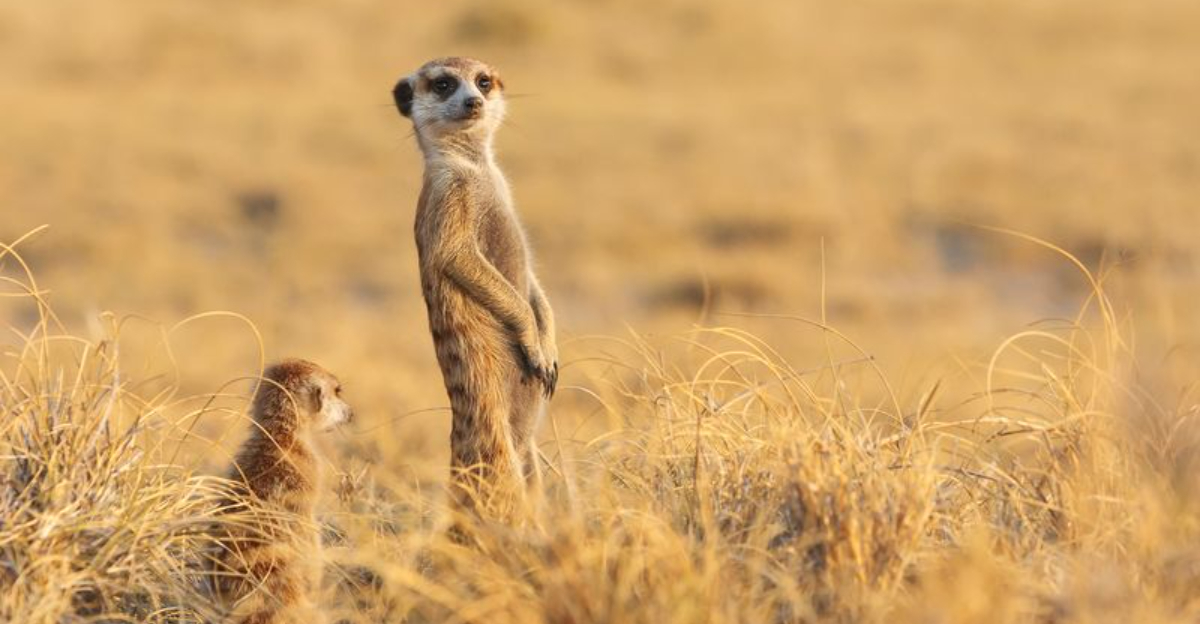
Animals have fascinated humans for centuries, with their peculiar behaviors often leading to misunderstandings. As we delve into the intriguing world of strange animal behaviors, prepare to be amazed.
From the eerie to the amusing, each behavior is a window into the complex lives of these creatures. Here are some strange animal behaviors that were once misunderstood, shedding light on the wonders of nature.
1. Dolphins’ Bubble Rings
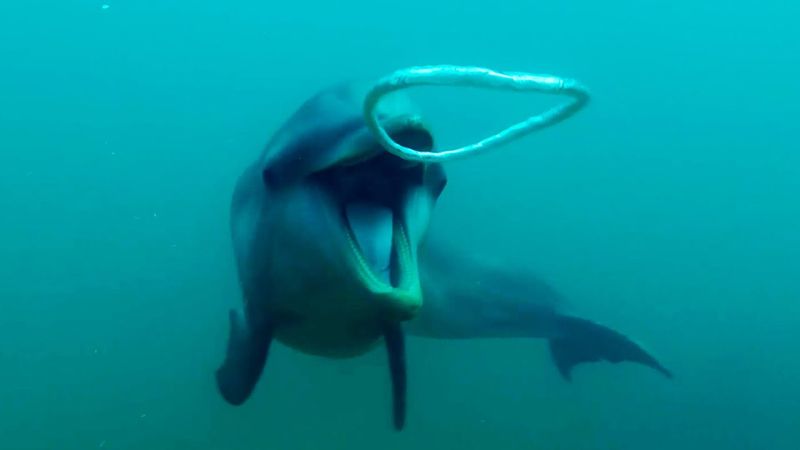
Who knew that dolphins are underwater artists? These intelligent mammals create bubble rings with precision, turning the ocean into their canvas. The sight of a dolphin spinning and playing with bubbly loops is mesmerizing.
Not just play, these rings are used for communication and hunting tactics. Dolphins’ creativity showcases their intelligence, leaving us in awe of their underwater antics.
2. Elephants’ Mourning Rituals
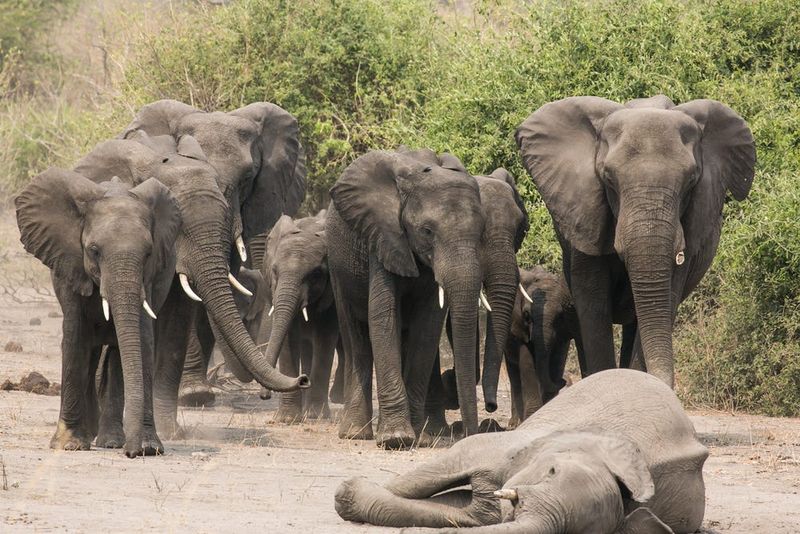
Elephants have an emotional side, often mourning their dead with touching rituals. It’s like a family gathering, offering comfort and support.
They gently touch the deceased with their trunks and even cover them with leaves. These behaviors reveal elephants’ deep emotional bonds, reminding us of their complex social structures and empathy.
3. Crows Using Tools

Crows are not just mischievous birds; they’re feathered geniuses. These crafty creatures use tools like sticks to get food. It’s like watching a feathered inventor at work.
Their problem-solving skills are impressive, showcasing a level of intelligence that rivals some primates. Crows continually surprise us with their ingenuity and adaptability!
4. Octopuses’ Camouflage
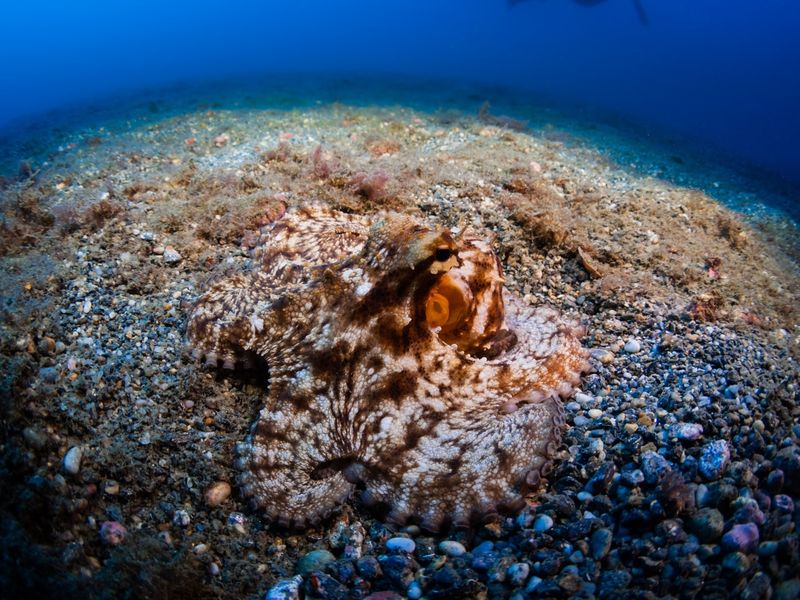
Imagine the ocean’s chameleon, and you’ve got the octopus. They can change colors and textures to hide from predators.
Their skin is like a living canvas, adapting to surroundings with ease. This ability is more than just a defense mechanism; it’s a testament to their survival skills and intelligence.
5. Bowerbirds’ Artistic Nests
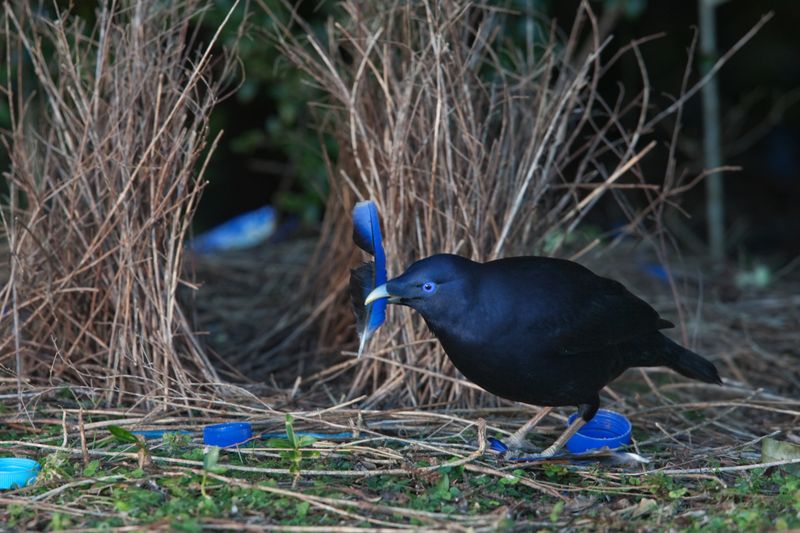
Bowerbirds are nature’s architects, creating elaborate nests to woo mates. These structures are more art installation than home, adorned with vibrant objects.
This behavior displays not just creativity but also a keen sense of aesthetics. Bowerbirds’ nests reflect their personalities, making them unique in the bird world.
6. Vampire Bats Sharing Blood
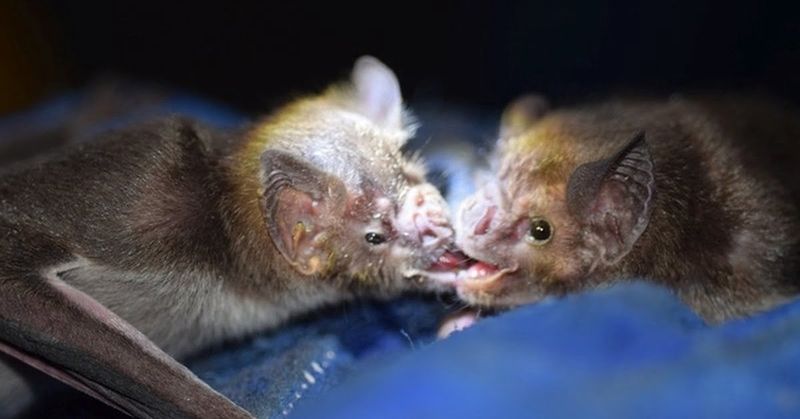
Vampire bats have a surprisingly caring nature. When food is scarce, they share blood meals with their colony mates. It’s a life-saving act between these nocturnal creatures.
This sharing behavior strengthens social bonds and ensures survival. Their generosity paints them in a more nurturing light, contrary to their eerie reputation.
7. Prairie Dogs’ Complex Language

Prairie dogs are chatterboxes with a complex language system. Their distinct calls convey specific messages, warning of predators or signaling location.
These vocalizations are like a secret code, revealing a sophisticated communication network. Prairie dogs’ vocal skills highlight their social intelligence and adaptability.
8. Dancing Bees

Bees are more than just pollinators; they’re dancers too! Honeybees perform a ‘waggle dance’ to share information about food sources. This dance is a precise and fascinating form of communication.
It’s a rhythmic display that guides fellow bees to nectar, showcasing their cooperative and strategic nature. Bees’ dance moves are a testament to their collective intelligence.
9. Cuttlefish Hypnotic Displays
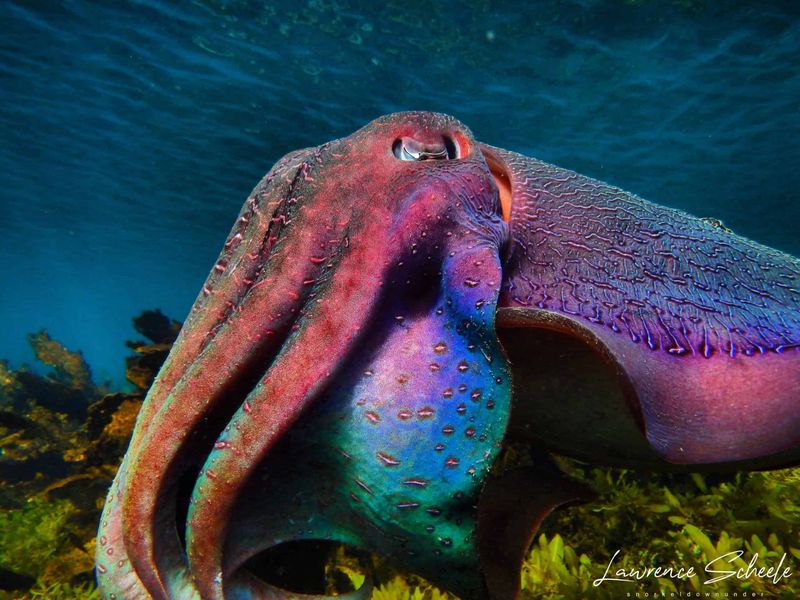
Cuttlefish could be the ocean’s hypnotists, using pulsating colors to mesmerize prey. Their skin is a dynamic display board, changing in an instant.
These displays are not just for hunting but also communication and camouflage. Cuttlefish challenge our perception of marine intelligence with their captivating light shows.
10. Capuchin Monkeys Washing Food

Capuchin monkeys are the clean freaks of the animal kingdom, washing food before eating. This ritual hints at their intelligence and adaptation.
Washing food could remove dirt or toxins, showing a level of foresight. Capuchins’ behavior reflects their ability to learn and adapt, making them remarkable primates.
11. Pufferfish’s Intricate Sand Circles
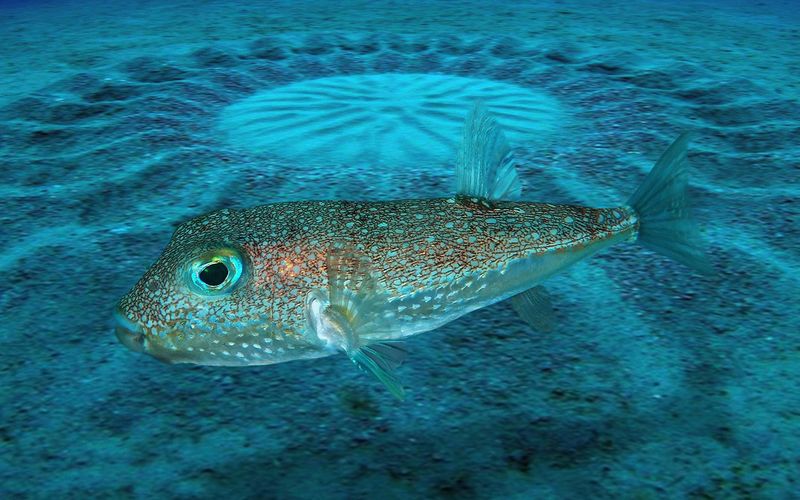
Pufferfish are the artists of the sea, crafting intricate sand circles on the ocean floor. These creations serve as love nests to attract mates.
The precision and effort involved are astounding, showcasing their dedication and creativity. Pufferfish’s sandy masterpieces are a marvel of nature’s artistry.
12. Ravens’ Playful Snowboarding

Ravens enjoy a bit of winter fun, sliding down snowy slopes like avian snowboarders. This playfulness is not just for entertainment; it strengthens social bonds and hones skills.
Their clever antics reveal a vibrant social life, filled with joy and intelligence. Ravens’ winter sports remind us of the playful side of nature.
13. Ants Farming Aphids

Ants are nature’s farmers, tending to aphids for their sweet honeydew. It’s an agricultural symbiosis, like tiny shepherds and their flock.
This mutual relationship showcases ants’ strategic thinking and adaptability. Their farming practices highlight a complex social structure and cooperation.
14. Lyrebirds’ Mimicking Skills
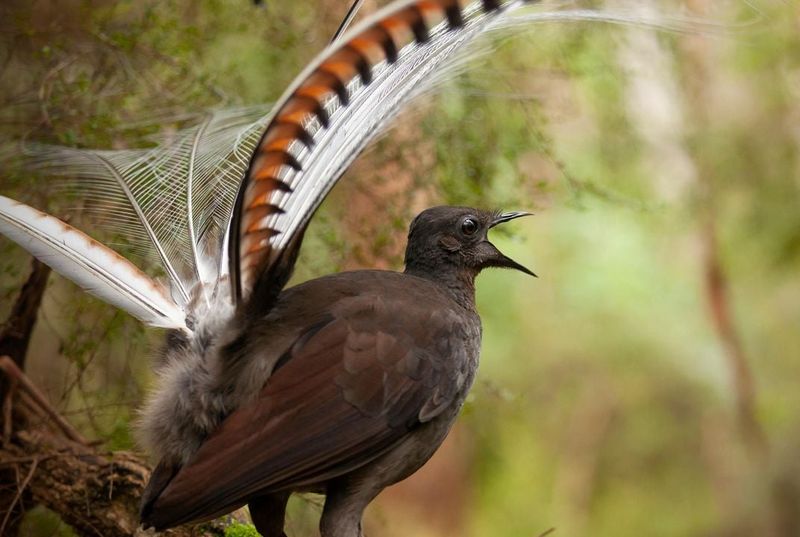
Lyrebirds are the ultimate mimics, able to imitate almost any sound they hear, from chainsaws to car alarms. This vocal talent is their way of showing off and attracting mates.
Their impressive repertoire demonstrates extraordinary learning and adaptation skills. Lyrebirds’ mimicry is a wonder of the avian world.
15. Meerkats’ Sentinels
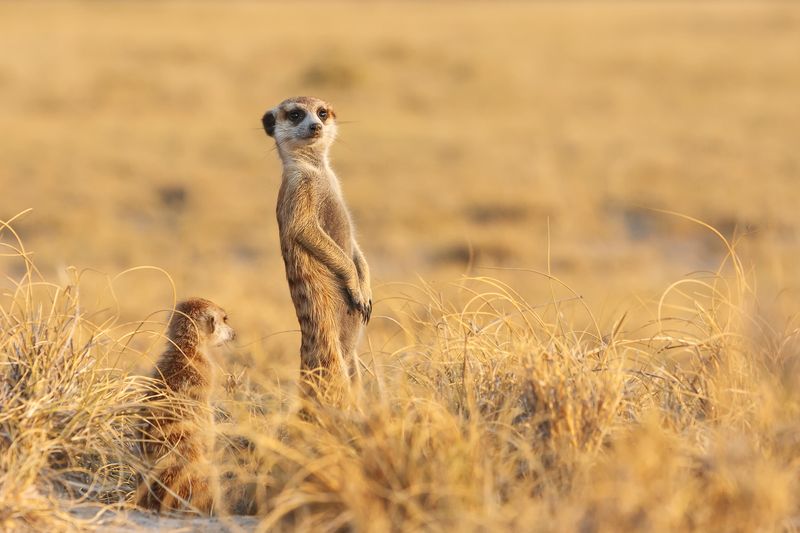
Meerkats are the vigilant guardians of the desert, always on the lookout. Sentinels stand watch while others forage, ensuring the group’s safety.
This cooperative behavior is a testament to their teamwork and survival instincts. Meerkats’ vigilance highlights their social structure and commitment to the group.

